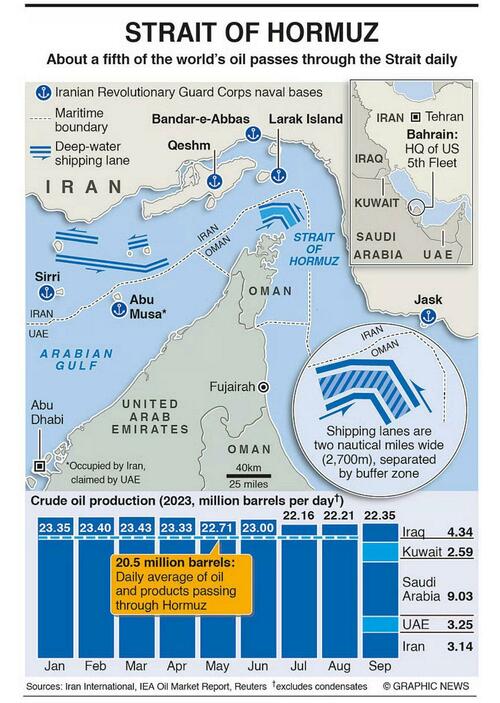Recent intelligence reports, citing anonymous U.S. officials, have brought to light serious allegations that Iran made concrete preparations to deploy naval mines within the critical Strait of Hormuz. This revelation underscores the volatile geopolitical landscape of the Middle East, particularly following the United States’ “Operation Midnight Hammer,” a targeted strike on Iranian nuclear facilities, and amid escalating tensions with Israel. Such preparations, if fully realized, would represent a significant escalation, threatening global energy stability and maritime commerce through one of the world’s most vital chokepoints.
The Strait of Hormuz is not merely a waterway; it is a critical artery for the global economy, through which approximately 20% of the world’s oil supply transits daily. Any sustained disruption to this passage, as Iran’s parliament had previously threatened in retaliation for military actions, carries the immediate potential for severe economic repercussions, including a sharp spike in energy inflation worldwide. While initial anxieties among global energy traders saw Brent crude futures briefly react, the market has largely returned to stability, suggesting that the broader impact of these threats has, so far, been contained.
Iran possesses a diverse array of military and asymmetric capabilities designed to exert pressure or disrupt maritime traffic in the Strait. These include fast attack boats, anti-ship missiles, submarine operations, and the potential for shore-based artillery or drone strikes. However, intelligence suggests that Tehran considered deploying naval mines as one of its most effective and low-cost tactics. This method, while seemingly simple, could effectively blockade the narrow shipping corridor, creating immense logistical challenges and economic paralysis for global shipping.
According to the Reuters report, these previously undisclosed preparations were detected by U.S. intelligence sometime after Israel launched its initial missile attack against Iran on June 13. Officials, speaking on condition of anonymity due to the sensitive nature of the intelligence, indicated that the mines were loaded onto Iranian vessels. Crucially, these naval mines were not ultimately deployed in the strait, and it remains unclear whether they have since been unloaded. This ambiguity highlights the clandestine nature of these strategic maneuvers by Iran and the ongoing uncertainty surrounding their ultimate intent regarding the Strait of Hormuz.
The methods by which the United States gathered this intelligence were not disclosed, though such insights typically rely on a combination of satellite imagery, signals intelligence, and clandestine human sources. Interestingly, U.S. officials have not ruled out the possibility that the loading of the mines was a deliberate ruse. This strategic deception could have been intended to convey Tehran’s serious resolve regarding the closure of the Strait, without the actual intention of deploying the naval mines, thereby serving as a powerful, albeit non-kinetic, signal in the complex game of geopolitics.
Despite the heightened tensions and reports of widespread GPS interference across the Strait of Hormuz during the period of “Operation Midnight Hammer”—which notably caused a slowdown in tanker traffic and a surge in insurance premiums for vessels—the broader oil markets have demonstrated resilience. Brent crude futures quickly stabilized, reflecting a limited lasting impact from Israel’s 12-day conflict with Iran and Tehran’s ultimately unfulfilled threats to close the Strait of Hormuz. This market stability underscores the complex interplay between geopolitical events and global energy supply dynamics.
Discover more from The Time News
Subscribe to get the latest posts sent to your email.






